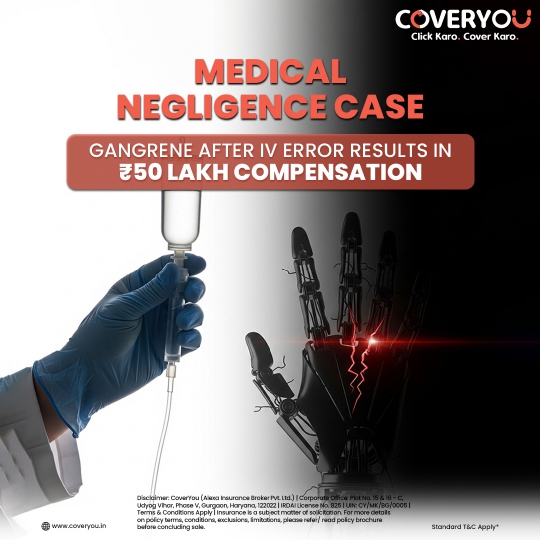Pathologists may face risks that could lead to medical negligence, which occurs when they fail to meet the expected standard of care in their field, resulting in harm or injury to a patient. Some of the key risks that could lead to medical negligence in pathology include:
1. Diagnostic Errors:
Misinterpretation of test results: A pathologist may incorrectly interpret tissue samples or laboratory results, leading to a misdiagnosis. For example, failing to detect cancer in a biopsy or diagnosing a benign condition as malignant.
Failure to detect critical conditions: Overlooking important disease markers, such as a rare pathology or subtle abnormalities, can result in a missed diagnosis that might have critical consequences for the patient.
2. Failure to Report Results in a Timely Manner:
Delays in processing, interpreting, or communicating diagnostic results to the treating physician can lead to delays in patient care, potentially worsening the patient’s condition. A failure to notify healthcare providers of urgent or abnormal findings (e.g., cancer or infectious diseases) in a timely manner can result in adverse outcomes.
3. Sample Handling Errors:
Improper sample collection or labeling: If a sample is collected incorrectly or misidentified, it can lead to inaccurate results, misdiagnosis, or the wrong treatment plan.
Inadequate preservation or transport: Specimens that are not properly preserved (e.g., not stored at the correct temperature) may degrade, making it difficult or impossible to accurately diagnose the condition.
4. Cross-contamination of Samples:
If a pathologist or laboratory technician accidentally mixes or contaminates samples, it can result in false positive or false negative results, leading to incorrect diagnoses and inappropriate treatments.
5. Failure to Follow Standard Protocols:
Pathology labs have strict protocols and guidelines to ensure accuracy in testing. Failure to follow these guidelines, such as using outdated testing methods, failing to verify results, or not adhering to quality control procedures can lead to erroneous findings that affect patient care.
6. Lack of Adequate Communication with Clinicians:
Pathologists must effectively communicate findings to clinicians, especially when results are critical or urgent. Failure to provide clear and comprehensive reports or to discuss complex findings with the treating physician can lead to inappropriate treatment decisions or missed diagnoses.
7. Inaccurate or Incomplete Reporting:
If the pathology report is incomplete, unclear, or lacks essential information (e.g., staging of cancer or identifying the presence of metastasis), the treating physician may make decisions based on incomplete data, potentially leading to harm to the patient.
8. Failure to Follow Up on Abnormal Results:
Pathologists may sometimes fail to ensure that necessary follow-up tests are conducted after an abnormal result is identified. If they do not advocate for further testing or alert the physician to the urgency of repeat testing, it could lead to a delay in diagnosis or the failure to detect a disease.
9. Failure to Consider Differential Diagnosis:
When diagnosing complex or rare conditions, pathologists must consider a range of possible diagnoses. A failure to thoroughly investigate alternative possibilities or to request additional tests when necessary could result in an incorrect diagnosis and inappropriate treatment.
10. Technological Failures:
Pathology is increasingly relying on automated systems, AI, and digital tools. Malfunctions in these systems, whether due to software errors, misconfiguration, or a failure to properly interpret automated results, could lead to a misdiagnosis or inappropriate clinical decisions.
Each of these risks can potentially lead to medical negligence if they result in a failure to provide the standard of care expected of a pathologist. Such negligence can lead to patient harm, including incorrect treatments, delayed interventions, or even death, and could form the basis for a legal claim against the healthcare provider or institution. Proper protocols, continuous training, effective communication, and thorough quality assurance measures are essential in minimizing these risks.
















